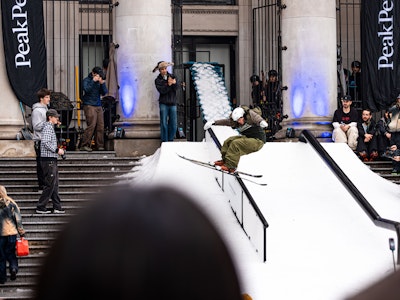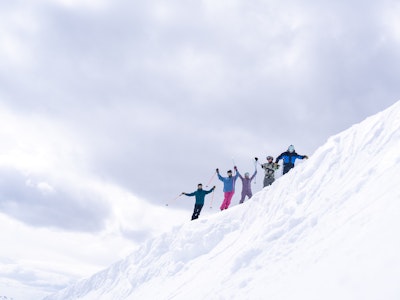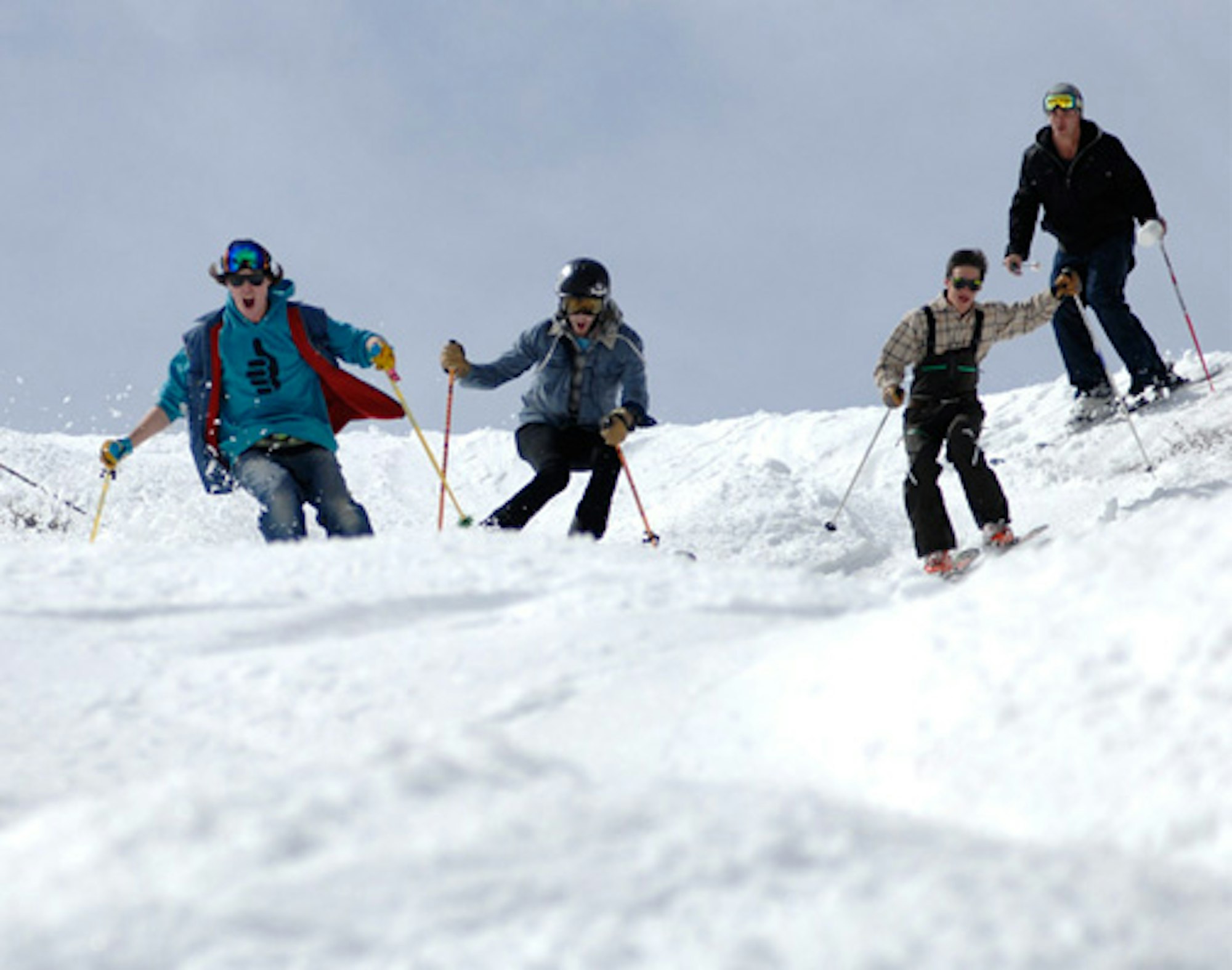The town of Aspen is quiet before the sun reaches Durant Avenue. I’m walking toward the gondola during the only time of day when town is so calm, but it doesn’t last. As I ascend the stairs to the Silver Queen, I hear a general murmur and at the top I’m confronted by what seems like an amoeba of people, skiers all. The groups shift, clumping together, breaking off, reshaping and forming again.
This amoeba is #freeskierfest, in multiple ways. Most immediately apparent are the social formations, as old friends reunite, tales of snow days past are shared, and moments from the night before are compared—from hot tubs to shot-skis at divey (well, for Aspen) bars to late-night dancing under the spotlights of red-carpet clubs. The testers have been there and certainly done it all.
Secondly, our ever-changing blob mirrors the form of the ski test. As the hours march by, turn to days and the testing finally ends after five chaotic days, one might observe that the test is constantly changing at the whim of Freeskier’s mother-hen Nicole or at the snap of Mother Nature’s finger or at the challenge of testers’ constantly evolving desire to shred hard and fast (occasionally taking a break on Bonnie’s deck for a bite to eat). It snowed last night? Ski company reps and testers alike quickly pull out the powder skis and organize them for maximum testing and slashing. A cold, clear night? Out come the all-mountain skis to slice and dice some firm, fresh corduroy.
And finally, to me the amoeba is like the array of skis we are testing. Tendrils lead from the central mass of skis, with specialization and innovation pushing in new directions each year. It may take a skier a few minutes to figure out where in this wonderful spread of possibilities they can find their perfect ski, and that’s where Freeskier’s test comes in. Our purpose is to sort the skis for you, to examine in way-too-fine detail what goes into the skis and what you will get out of them. Powder skis for the deepest days or big mountain skis if you’re gunning it down steep and exposed terrain. Maybe the right one for you is an all-mountain ski that will satisfy your desire to do it all.
Behind the scenes: Freeskier’s 2014 All-Mountain Ski Test at Aspen
Each technical detail included in a ski has a purpose. On one day of the test, I listened to Nordica’s Sam Beck break down their new El Capo (a big-mountain freeride stick). Some of the rocker profile in that ski comes from the Patron and the Helldorado, he explained. The engineers added a bit more shovel to make it perform better on piste. With its 22 meter turn radius, the El Capo fits the bill of a long turning big-mountain ski, except, he tells me, the tail is tapered with a bit of rocker to allow its pilot to slide it out of a turn. That’s how ski companies are combining details to create skis that cross purposes. Even with the more playful tail, when you put the ski on a high edge angle, as Beck says, “It arcs. Hard.”
Although we categorize each ski and include details like turn radius, dimensions and lengths, the real fruit of the ski test is the feel of the ski. All the technology will make similar shapes act differently when a skier clicks into the bindings and points ’em down the hill. A lot of those details are in our reviews, but there is still no better test than feeling the ski on your own feet. “Go out and ski on the stuff—that’s the ribbon on the gift,” says Jake Strassburger of Atomic. “The price you pay to demo the product generally gets taken off the retail price of the ski anyway, so it’s a really good test drive program.”
The impetus for a certain brand will come through when you take them off the ski shop wall. On snow, an Armada ski may show its conception in the freestyle world, while their big-mountain skis show Tanner Hall’s influence. On the other end of the spectrum, Head’s skis are birthed from the race world.
“We can move that technology, that attitude of excellence, from race into big-mountain into park and pipe into all-mountain,” explains Head’s Andrew Couperthwait. “Our construction, with wood core, is consistent throughout the line. We’re using different technologies and different materials to meet the needs of different skiers, whether it’s an 80 millimeter or a 115 millimeter waist width. It’s the blending of technologies from race with the technologies of freeride to hit the right personalities of the skis.”
All of that means freeskiers benefit from each section of the skiing organism as it evolves. We’ve broken down our highly recommended skis into either freeride (directional, straight-ahead chargers) or freestyle (twintip, more playful and versatile) iterations and compared within those categories. And the huge number of skis tested has been whittled down to this small batch—Freeskier’s Editor’s Picks for 2014. Read on and then go forth, take our advice, make your picks and enjoy the best pair (or pairs) of skis you’ve ever owned.
Related: How we use technology to simplify ski testing

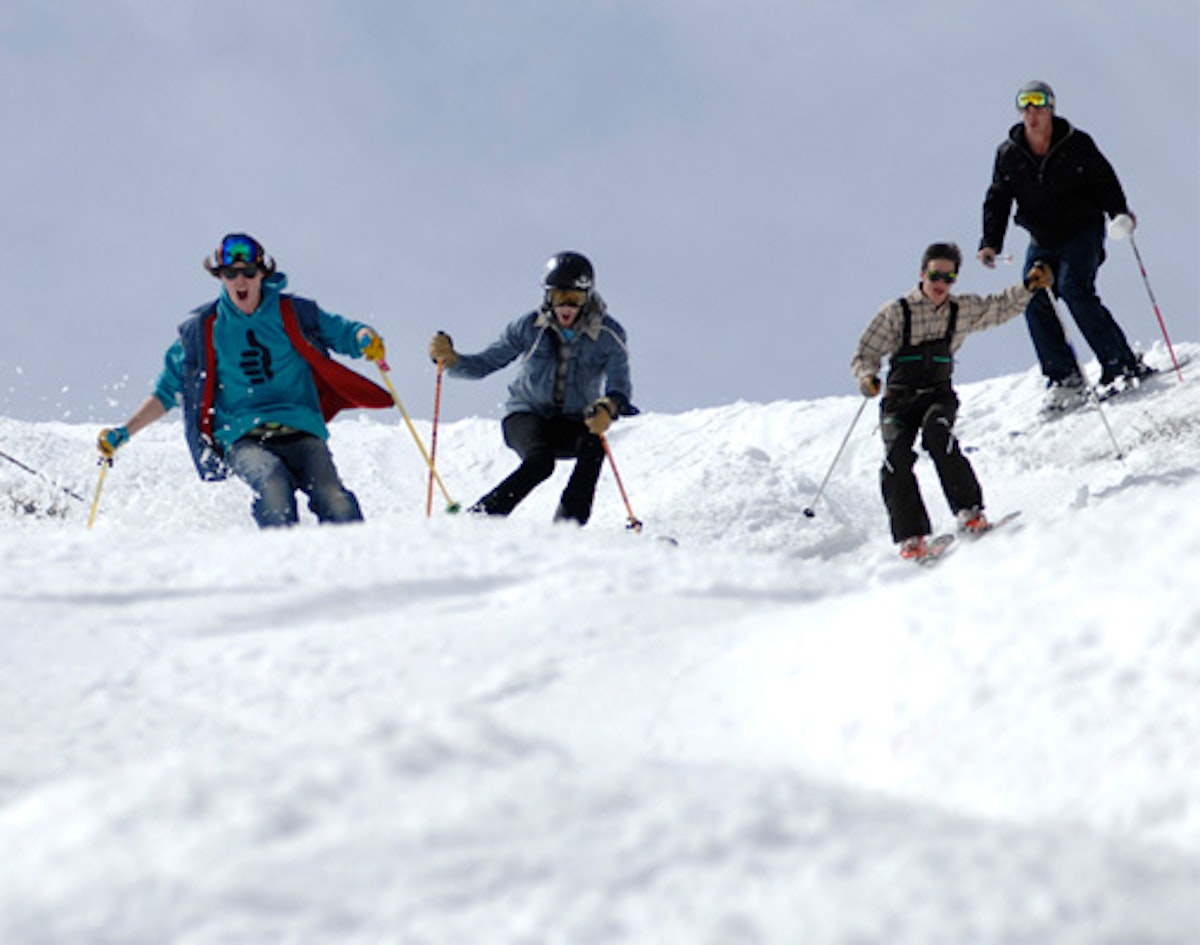
![[GIVEAWAY] Win a Legendary Ski Trip with Icelantic's Road to the Rocks](https://www.datocms-assets.com/163516/1765233064-r2r26_freeskier_leaderboard1.jpg?w=200&h=200&fit=crop)
![[GIVEAWAY] Win a Head-to-Toe Ski Setup from IFSA](https://www.datocms-assets.com/163516/1765920344-ifsa.jpg?w=200&h=200&fit=crop)
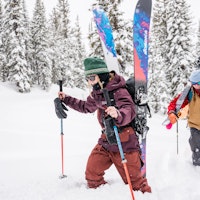
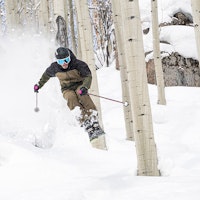
![[GIVEAWAY] Win a Legendary Ski Trip with Icelantic's Road to the Rocks](https://www.datocms-assets.com/163516/1765233064-r2r26_freeskier_leaderboard1.jpg?auto=format&w=400&h=300&fit=crop&crop=faces,entropy)


![[GIVEAWAY] Win a Head-to-Toe Ski Setup from IFSA](https://www.datocms-assets.com/163516/1765920344-ifsa.jpg?auto=format&w=400&h=300&fit=crop&crop=faces,entropy)


